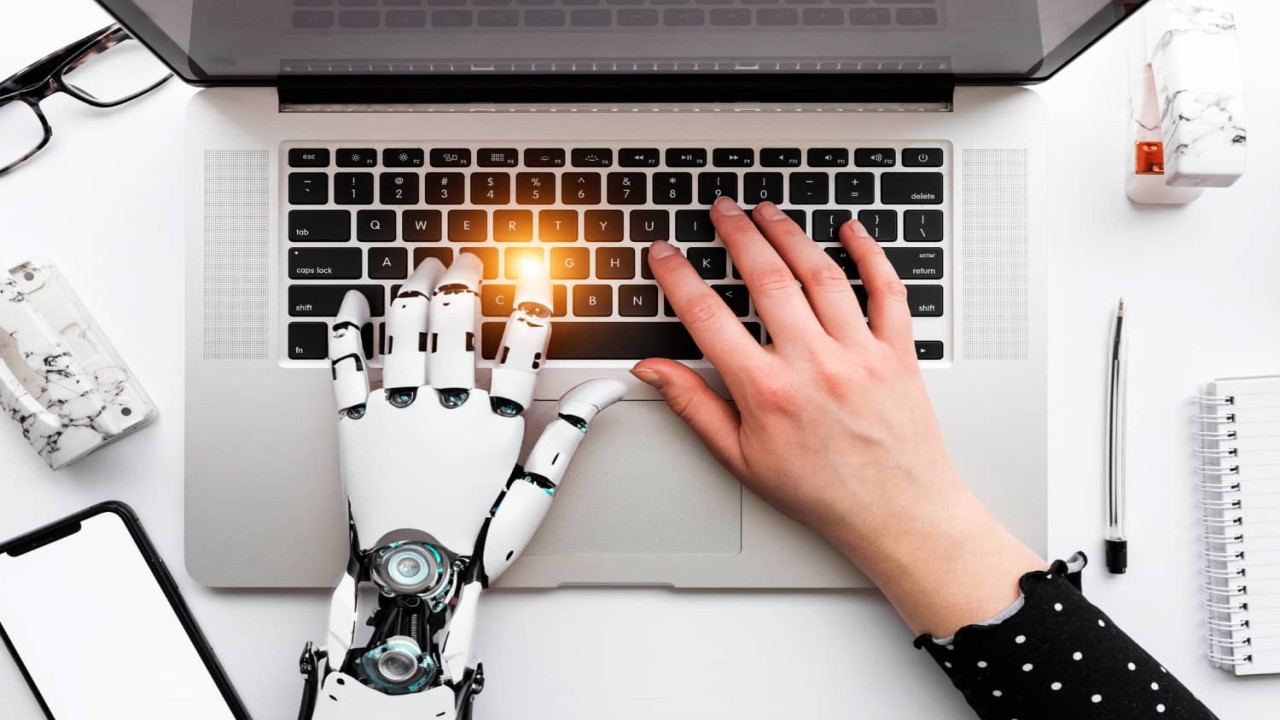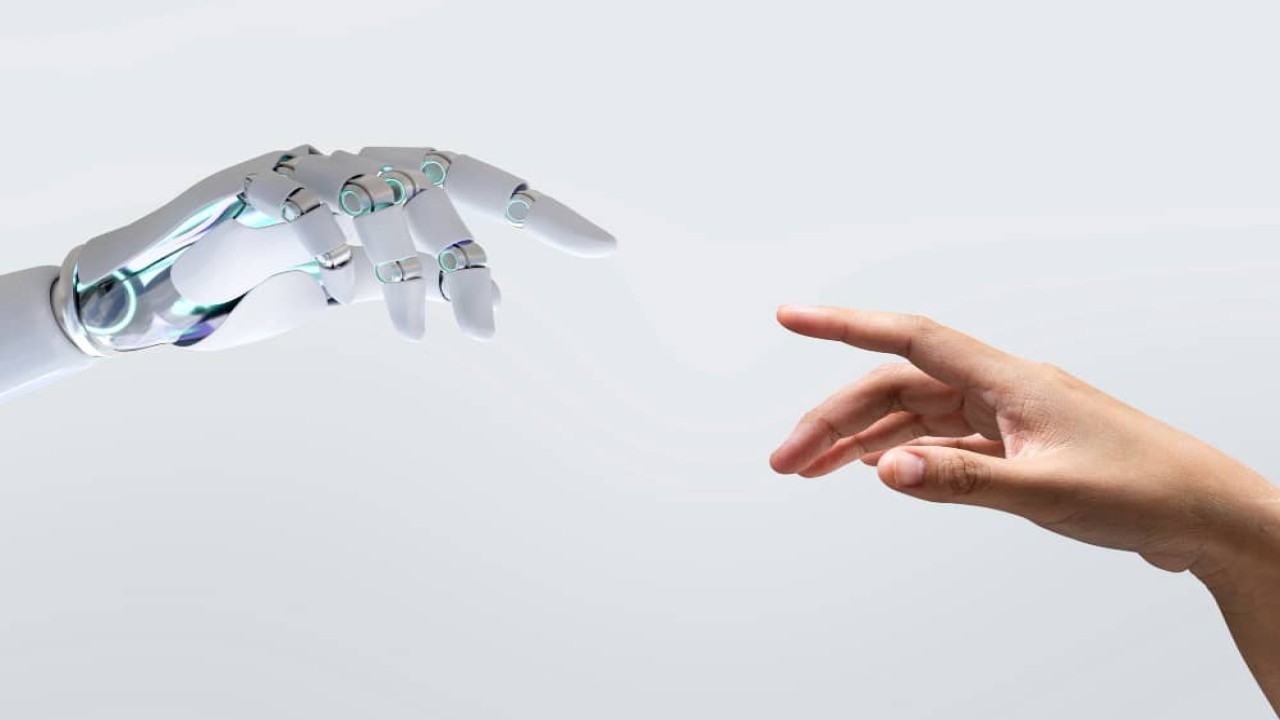The Future of Graphic Design: How AI is Changing the Industry
Introduction
Graphic design has always been a dynamic and evolving field, but with the rise of artificial intelligence (AI), the industry is experiencing a significant transformation. AI technologies are revolutionizing the way design is created, produced, and consumed, leading to new possibilities and challenges for graphic designers.
The Impact of AI on Graphic Design
AI is changing the landscape of graphic design in several ways. One of the most notable impacts is the automation of repetitive tasks, such as image editing, layout design, and color selection. This allows designers to focus more on creative aspects of their work and less on mundane tasks.
AI-powered tools also enable designers to generate unique and personalized design solutions for clients based on data analysis and user preferences. This level of customization was previously unimaginable and helps designers deliver more tailored and effective designs.
Furthermore, AI is enhancing collaboration among designers by facilitating real-time feedback, version control, and project management. Design teams can now work more efficiently and effectively, regardless of their physical location or time zone.
The Role of AI in Shaping Design Trends
AI is not only streamlining the design process but also influencing design trends and aesthetics. Machine learning algorithms can analyze vast amounts of design data to identify patterns, predict trends, and recommend styles to designers. This insight helps designers stay ahead of the curve and create designs that resonate with the current zeitgeist.
Moreover, AI is enabling designers to experiment with new visual styles and techniques that were previously challenging or time-consuming to execute. From generative art to interactive design, AI is opening up new creative possibilities for designers to explore.
The Ethical Implications of AI in Graphic Design
As AI becomes more integrated into the design process, ethical considerations come to the forefront. Designers must grapple with questions of authorship, ownership, and accountability when using AI-generated content. Who owns the rights to AI-generated designs? How can designers ensure transparency and attribution in AI-assisted projects?
Additionally, there are concerns about the potential loss of human creativity and intuition in a design process dominated by AI. While AI can enhance efficiency and productivity, it is essential for designers to maintain their unique perspective and emotional connection to their work.
The Future of Graphic Designers in an AI-Driven Industry
Despite the challenges posed by AI, graphic designers have a valuable role to play in shaping the future of design. By embracing AI technologies as tools rather than replacements, designers can leverage the power of AI to enhance their creativity, efficiency, and impact.
Designers who adapt to the changing landscape of the industry and develop skills in AI-driven design will be well-positioned to succeed in the future. Collaboration between humans and machines will become increasingly important, leading to more innovative and compelling design solutions.
In conclusion, the future of graphic design is intrinsically linked to the advancements in AI technology. By understanding and harnessing the potential of AI, designers can navigate the evolving industry landscape and continue to push the boundaries of creativity and innovation.








Comments (0)
No comments found